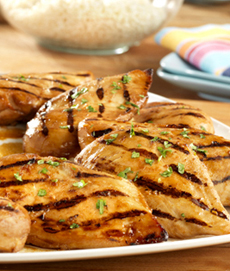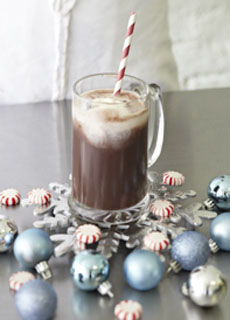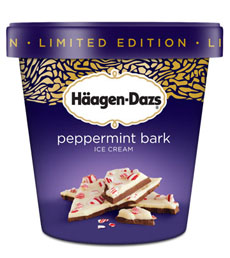Preparation
1. MAKE marinade. Stir 1 tablespoon brown sugar, 2 tablespoons peanut butter, the oil, 1/2 cup soy sauce, 1/3 cup lime juice, half the garlic and 1/2 teaspoon cayenne pepper or chili flakes in a shallow, nonmetallic dish or a gallon-size resealable plastic bag. Add the chicken and turn to coat. Cover the dish or seal the bag and refrigerate for 4 hours or overnight. Remove the chicken from the marinade and discard the marinade.
2. LIGHTLY OIL the grill rack and heat the grill to medium. Grill the chicken for 15 minutes or until cooked through, turning the chicken over once halfway through the grilling time.
3. MAKE the sauce. Stir together the remaining brown sugar, peanut butter, soy sauce, lime juice, garlic, cayenne pepper, coconut milk and ginger root in a 3-quart saucepan. Cook and stir over medium heat for 15 minutes or until the mixture is thickened. Stir in the broth and heavy cream.
4. SPRINKLE the chicken with cilantro and serve the sauce with the chicken.
RECIPE: SPICY PEANUT SAUCE
Here’s an alternative recipe for spicy peanut sauce. The sauce can be made a day ahead of time, and will keep 3 to 4 days in the fridge.
Ingredients For 1-1/4 Cups
1/2 cup creamy peanut butter
1/4 cup low-sodium chicken broth†
3 tablespoons low-sodium soy sauce†
1 1/2 tablespoons brown sugar
1-1/2 tablespoons minced fresh ginger
2 tablespoons lime juice
1 teaspoon minced garlic
1/2 teaspoon chili flakes
1 teaspoon red curry paste*
1 shallot, peeled and roughly chopped
Preparation
1. ADD all ingredients to a blender or food processor and process until smooth.
*You can use low-sodium ingredients because the other ingredients add more than enough flavor. But if you have full-sodium products on hand, feel free to use them.
†Find red curry paste in the Asian products section of your market.
|








